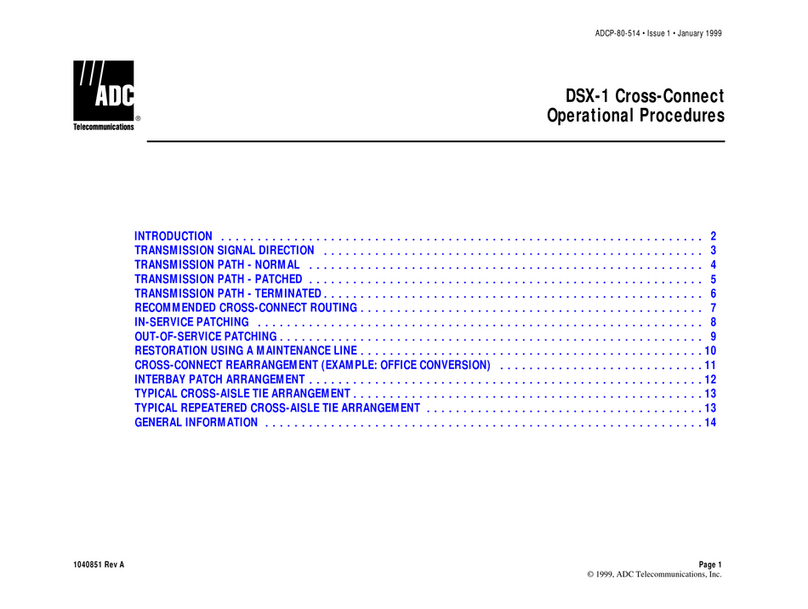
N-BW2 Networker Bridge (WIFI) API-N-BW2 Issue 1.3 Page 2 of 48
1. Document Information _______________________________________________________ 3
1.1 Current Release Document Control & Authorisation __________________________________ 3
1.2 Change History _________________________________________________________________ 3
2. N-BW2 Networker Bridge (WIFI) Operation _____________________________________ 4
2.1 Overview_______________________________________________________________________ 4
2.2 Networker System Connection_____________________________________________________ 5
2.2.1 N-C3 & N-C6 Type Networkers__________________________________________________________ 5
2.2.2 Brivis Touch (N-C7) Type Networker _____________________________________________________ 6
2.3 Default Access Point State_________________________________________________________ 7
2.4 Opening a TCP Connection with the N-BW2 _________________________________________ 8
2.5 Front Panel LEDs ______________________________________________________________ 10
3. WIFI Configuration Mode ___________________________________________________ 11
3.1 Retrieving Configuration Settings _________________________________________________ 12
3.2 Altering Configuration Settings___________________________________________________ 12
3.3 Saving Configuration Settings ____________________________________________________ 13
3.4 Exiting Configuration Mode______________________________________________________ 13
4. Networker System Access Mode _______________________________________________ 14
4.1 Sequence Numbering____________________________________________________________ 15
4.2 System Related –Group 1: {“SYST”: ______________________________________________ 16
4.3 Heating Related –Group 1: {“HGOM”: ____________________________________________ 18
4.3.1 Single Set Point Operation _____________________________________________________________ 19
4.3.2 Multi-Set Point Operation______________________________________________________________ 21
4.4 Cooling (Add-on) Related –Group 1: {“CGOM”:____________________________________ 23
4.4.1 Single Set Point Operation _____________________________________________________________ 24
4.4.2 Multi-Set Point Operation______________________________________________________________ 26
4.5 Cooling (Evaporative) Related –Group 1: {“ECOM”: ________________________________ 28
5. N-BW2 Interface Test Application_____________________________________________ 30
5.1 WIFI Configuration Screen ______________________________________________________ 31
5.2 Networker System Access Screen__________________________________________________ 33
5.3 Heating Operating Mode ________________________________________________________ 35
5.3.1 Single Set Point Operation _____________________________________________________________ 35
5.3.1.1 No Zones Installed ____________________________________________________________________________________ 35
5.3.1.2 Two Zones Installed ___________________________________________________________________________________ 38
5.3.1.3 Schedule Setting (Auto-Program)_________________________________________________________________________ 39
5.3.2 Multi Set Point Operation ______________________________________________________________ 41
5.4 Cooling (Add-on) Operating Mode ________________________________________________ 45
5.5 Cooling (Evaporative) Operating Mode ____________________________________________ 46
5.6 Switching Operating Mode_______________________________________________________ 48



























